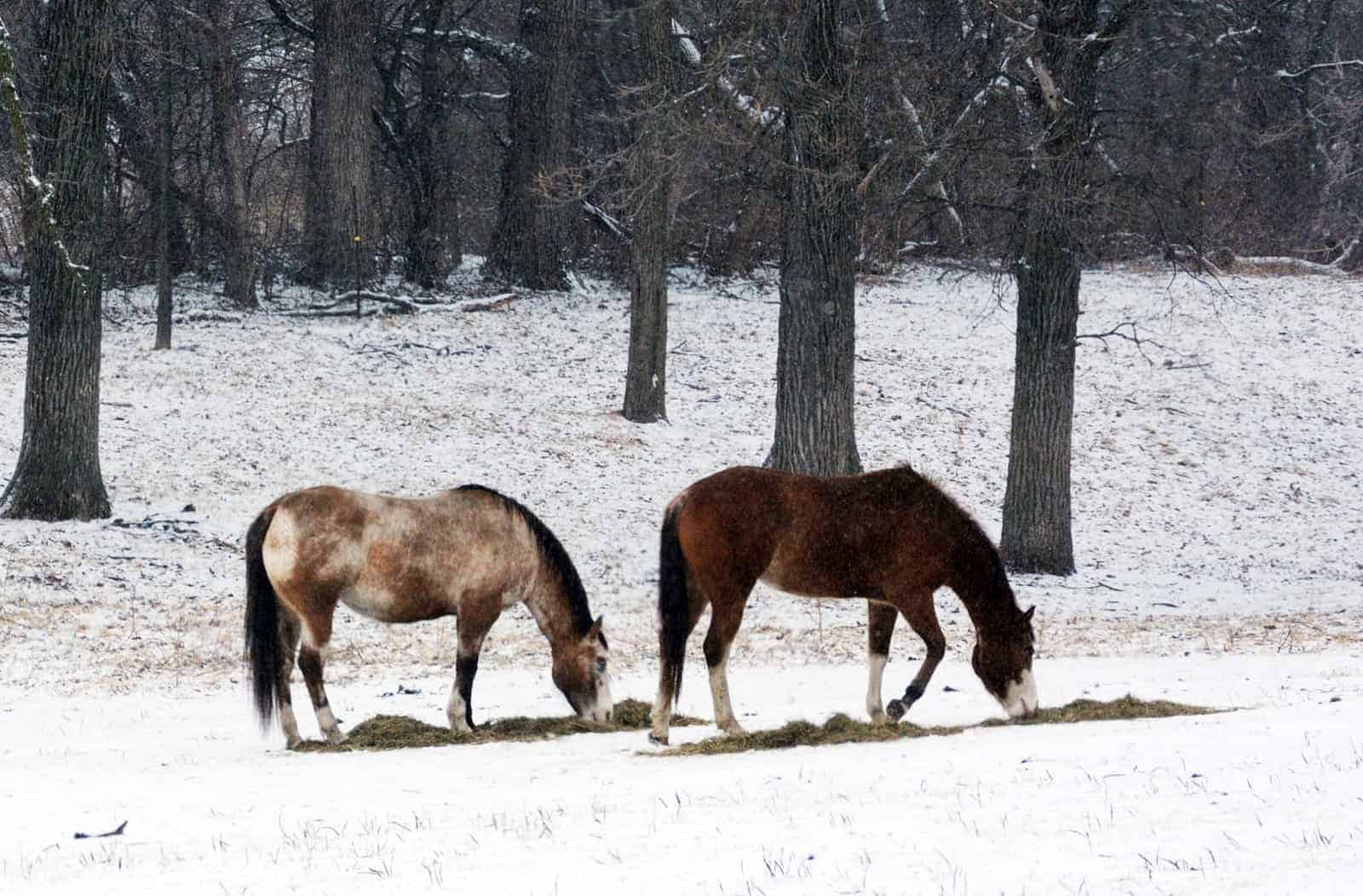Does Low-Starch Horse Feed Equal Low-Calorie?
- Posted by Clair Thunes, PhD

Q.I don’t ride as much during the winter as I do in the summer. To compensate for my horse’s reduced workload and prevent weight gain, I recently switched him from 4 pounds of performance feed a day to 4 pounds of a low-starch feed. Despite the switch, he’s gaining weight. Why is he gaining weight on a low-starch feed?
—Via e-mail
A.Horses that aren’t working relatively hard are unlikely to need concentrate feeds high in starch, so reducing starch is a good idea as work levels decrease. However, weight maintenance is a function of calories consumed versus calories burned. If calories consumed exceed those used the horse will gain weight. Conversely, if a horse’s caloric intake is less than the calories he uses, he will lose weight. There are many potential sources of calories in a ration other than starch, so decreasing starch intake might not decrease a horse’s overall calorie consumption
Create a free account with TheHorse.com to view this content.
TheHorse.com is home to thousands of free articles about horse health care. In order to access some of our exclusive free content, you must be signed into TheHorse.com.
Start your free account today!
Already have an account?
and continue reading.

Written by:
Clair Thunes, PhD
Related Articles
Stay on top of the most recent Horse Health news with
















One Response
Dr. thunes,
My 9 year old Appaloosa is an easy keeper and was just diagnosed with IR-Insulin Resistance. We are looking for a feed that is low in sugar, low carbs and low in calories. What would you recommend. She is pastured and has 24/7 availability to good grass. We are reducing her amount of intake of hay as well as soaking her hay.
V/R,
Sarah